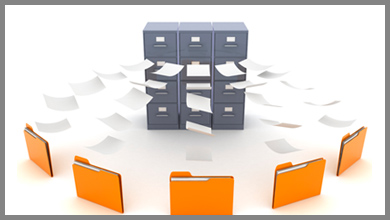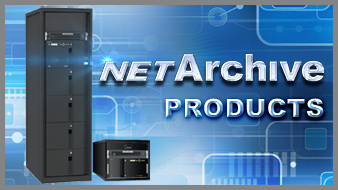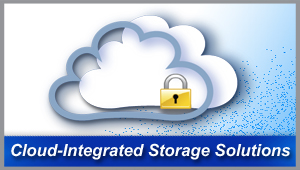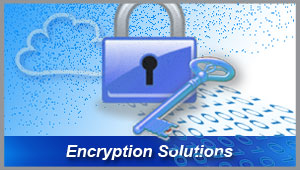Enterprise Content Management (ECM)
Businesses are critically linked to information contained in electronic documents, images, and files. These valuable digital assets provide businesses today with a competitive edge and must be optimized for operations. Enterprise Content Management (ECM) systems maximize the processes by which businesses capture, manage, store, preserve, and deliver content, records and documents. All of this information must ultimately be preserved onto a reliable, secure storage medium that permits rapid and random access to data.
The management of digital content is not only concerned with organizational and operational efficiency but also the business issues involved with information governance, risk and regulatory compliance. Regulations within certain industries are increasing throughout the world today and staying on top of them, and remaining compliant, is a continuous and significant undertaking.
Implementing storage tiers within the infrastructure and offloading digital content to professional document archiving systems can greatly reduce the burden on the backup and recovery processes, freeing up valuable resources for business growth. Static data stored on expensive spinning disks can be moved onto an affordable electronic document archiving system in order to substantially reduce costs. Business continuity and disaster recovery solutions are an important consideration when employing ECM. Processes must include disaster recovery plans especially if data is housed in a single location.
A successful, compliant ECM strategy is dependent upon the implementation of a worry-free electronic document archiving solution with unalterable storage media. When it comes to finding the right electronic document archiving system, selecting the right storage technology is the answer to reducing business costs and risks.
Alliance's CiS and optical solutions minimize business risks while providing fast and random access to data. Additionally, the Encryption feature enables organizations to comply with HIPAA/HITECH mandates, and Replication for high-availability in the event of disaster.
ASTI Solution Benefits
Preserving Data Unaltered – Alliance's solutions are based upon true Write-Once-Read-Many (WORM) optical technology. Encrypted data is written to optical media after which it becomes unalterable remaining intact for periods greater than 50 years.
Encryption – With this optional feature, data at-rest is encrypted with unique keys for each object using FIPS 140-2 compliant AES-256 encryption algorithm. Encryption adds another layer of security to your data enabling compliance with specific regulations and ensuring that all data remains confidential.
Low Total Cost of Ownership - After the data is permanently written on the media, it no longer requires a constant power source to maintain the data. This greatly reduces costs associated with storing archived data for the required lifespan. Additionally, the removable media offers an affordable disaster recovery solution. Systems reduce overhead and operating costs by: minimizing the cost and frequency of data migrations through extended media life, removing static data from expensive primary and backup systems freeing up valuable resources, and lowering power, cooling and maintenance costs. Systems scale incrementally as data archiving needs expand.
Rapid & Random Access to Data – Data can be randomly accessed either from the nonlinear optical disc media archives (retrieved into RAID) or via high-performance RAID, depending upon established policies.
Scalable/Expandable Archiving – Expandable optical disk archive systems are based upon high-capacity media magazines and scalable robotic libraries. As data storage requirements increase, libraries can be easily expanded within the same footprint offering investment protection through capacity expansions and future-proof system upgrades.
Email and Image Archiving – Partnering with industry-leaders, Alliance's solutions integrate with third-party software applications that manage and sort email and images according to the internal policy guidelines established within that application. The images and email are then stored efficiently and securely on Alliance's NAS optical libraries that fit directly into the existing storage network. Note that a Direct Attached library can be used however, it will require a third-party software application.
Backup and Recovery – Archive libraries are capable of backing up all RMDB (Resource Manager Data Base), FSC (File System Catalog), HSM (Hierarchical Storage Manager) which significantly increases the speed of data recovery in the event of system failure.



